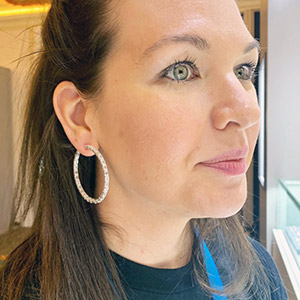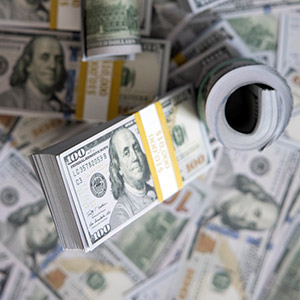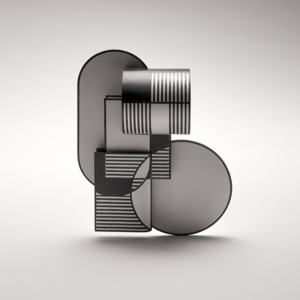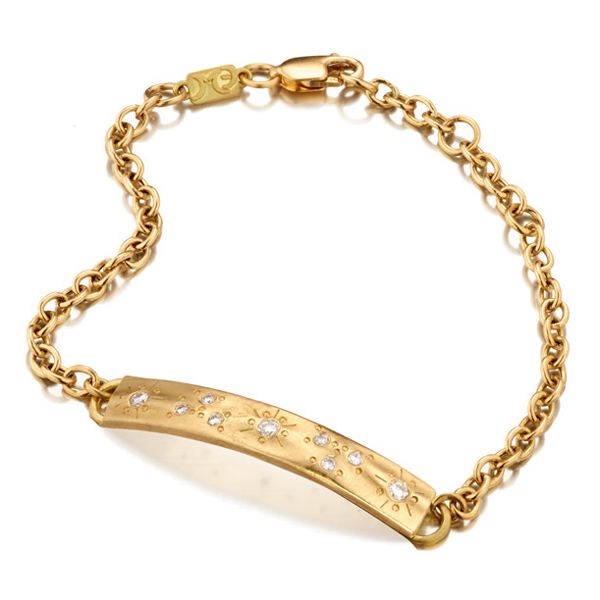
Sustainability is an important topic not only in the jewelry industry but everywhere consumers buy goods. Still, the term—as often as it is used—is just as difficult to pin down. What does it mean to produce sustainably, exactly? Using recycled materials, minimizing output, reducing waste, offsetting the energy it takes to produce these pieces: These are all elements of sustainable production, but is one of the above enough to meet the definition? Or is it all or nothing?
“The words sustainable or the similar sustainability have been so used and misused they seem to have become meaningless to the consumer,” the Jewelers Vigilance Committee (JVC) said in an in-depth admission to the FTC, requesting that the term sustainable be banned from marketing altogether. “Ironically, in some cases [they] have even evolved into red flags for problematic business behavior by savvy consumers, almost automatically evoking ‘greenwashing.’”
The JVC suggested instead that the word responsible be used in its place, but agreed that a better definition of the term is required.
In such a gray area, consumers need a firm definition of what it is they’re buying, especially if they’re truly committed to lowering their environmental impact. Still, terms like sustainable and responsible are buzzwords for conscious consumers, and many, with good intentions, throw their money at brands that tout them. That’s not to say that brands do this will ill intent—in fact, many really do practice what they preach.
Chris Ploof Designs
“Demand has skyrocketed—sadly, understanding lags behind,” says jewelry designer Chris Ploof. “People want to do the right thing, but are easily led by companies that greenwash effectively in marketing campaigns. With more and more media blasted at us every day, it can be hard to actually sort out what is good, kinda good, and fake news about the environment.”
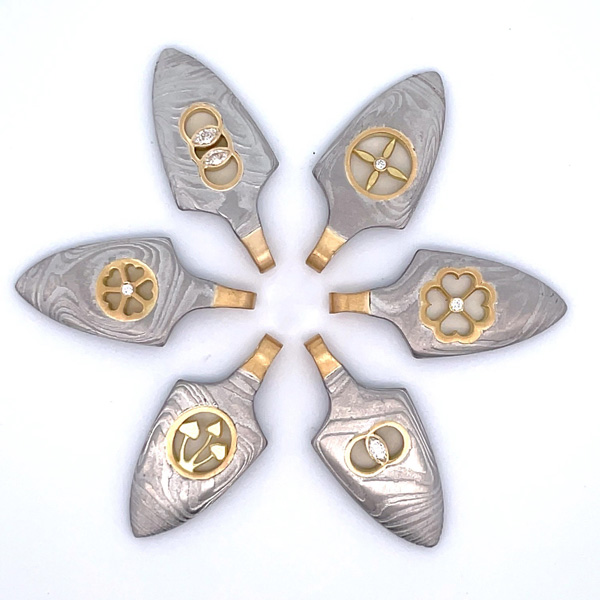
“It means everything,” Ploof says, when asked by JCK what it means for his company to produce responsibly. “We need to be doing our best for the planet and the people that live on it, and we need to be constantly assessing what we are doing. I am the farthest person from being perfect, but I feel like if we always keep our eyes open to sustainability we will see areas we can improve. I have a 5% rule: I always try to be 5% better at sustainability every day. Some days, it’s huge—like putting a solar array on our roof that powers our shop, home, and (now two!) electric vehicles. Granted, these are giant, but it also makes a huge difference to remove the plastic tape from your corrugated recycling, to pick up trash that people throw out of their car windows. We work with TerraCycle to be able to recycle uncoded polyethylene, disposable gloves, and packing material. We have implemented paper instead of plastic tape and we no longer use all of the free packaging from UPS or FedEx because some of it can’t be easily recycled. We can all easily make a difference if we just spend a bit of time being thoughtful about our choice and actions.
“Along with the 5% rule, I challenge my customers to really do the research,” Ploof continues. “Lab-created diamonds are a perfect example. Many growers talk about the sustainability of lab-created stones, while they ignore the fact that they are consuming massive amounts of fossil fuel to get there. But that’s another story.”
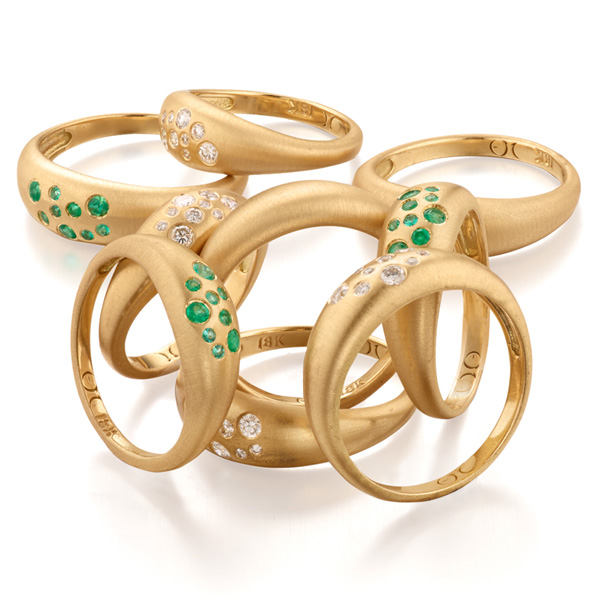
Elizabeth Moore
“For me, producing sustainably means taking accountability for the impact our materials have on the planet and understanding the importance of using recycled gold, upcycled diamonds, and producing all of our products locally in New York City,” says Elizabeth Moore. “We choose to use recycled gold in all of our products because we understand the negative impacts of mining. Working with our local team of master artisans helps to ensure the high level of craftsmanship that is found in NYC. We create our pieces in small batches, allowing us to focus on the details while also reducing excess waste. We value the relationships we’ve cultivated with our local gem suppliers as we are able to trace all of our materials to their sources. Producing and sourcing locally helps make sure that our working environments are positive with fair wages and practices that also support the community.
“My philosophy since starting this brand has been that one action has the possibility to create continuous positive change no matter how big or small.”
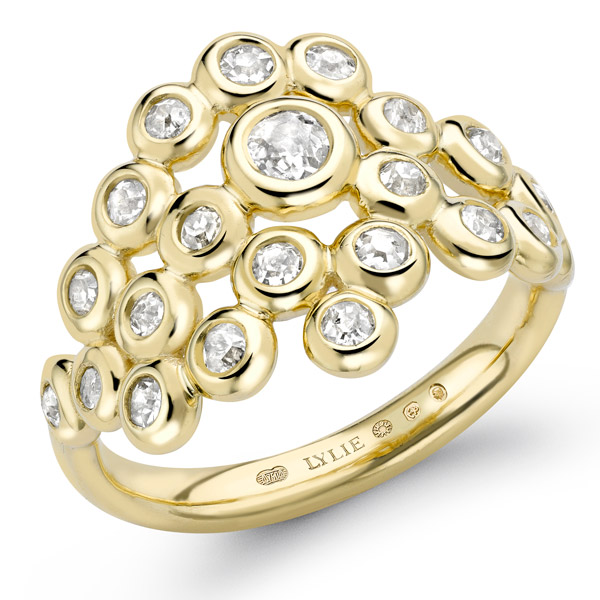
Lylie
“For us, producing sustainable jewelry is thinking about every aspect of the production process and considering the sourcing of every element of the piece,” says Eliza Walter, founder of British jewelry brand Lylie. “It’s much more involved and time-consuming, but to have a piece of jewellery at the end that has not had contact with human rights abuses or environmental harm, makes it all worth it.
“As is often wrongly assumed, a conflict-free diamond does not equate to a diamond free from human rights abuses and environmental harm. We wholeheartedly believe that the beauty of a stone cannot be divorced from the source. There is no beauty in cruelty. To avoid any doubt over sourcing, we exclusively use lab-grown and recycled antique diamonds.”
Top: Fairy Dust collection ID bracelet in recycled 18k yellow gold with 0.22 ct. t.w. diamonds, $3,900; Elizabeth Moore
Follow JCK on Instagram: @jckmagazineFollow JCK on Twitter: @jckmagazine
Follow JCK on Facebook: @jckmagazine
